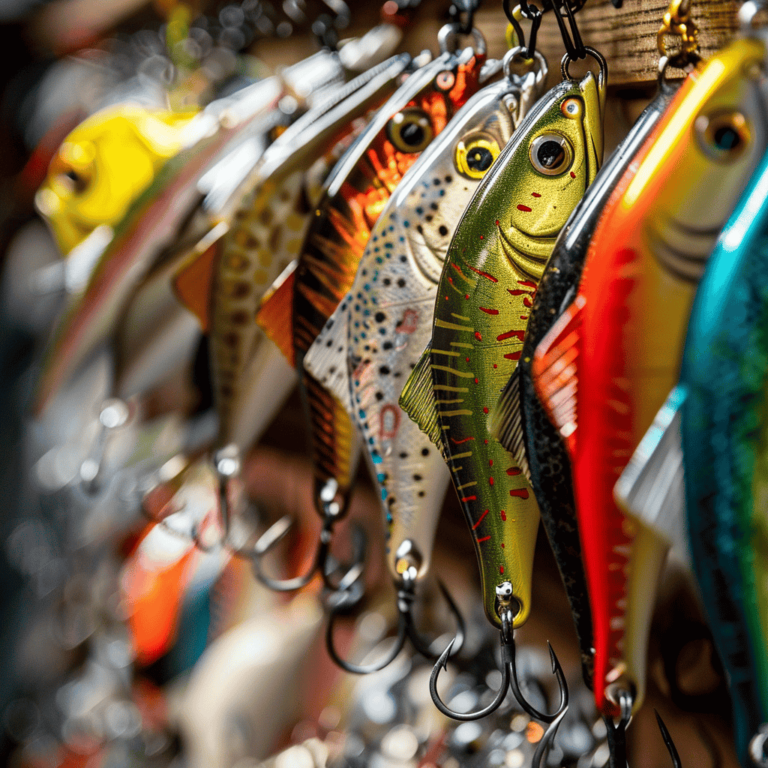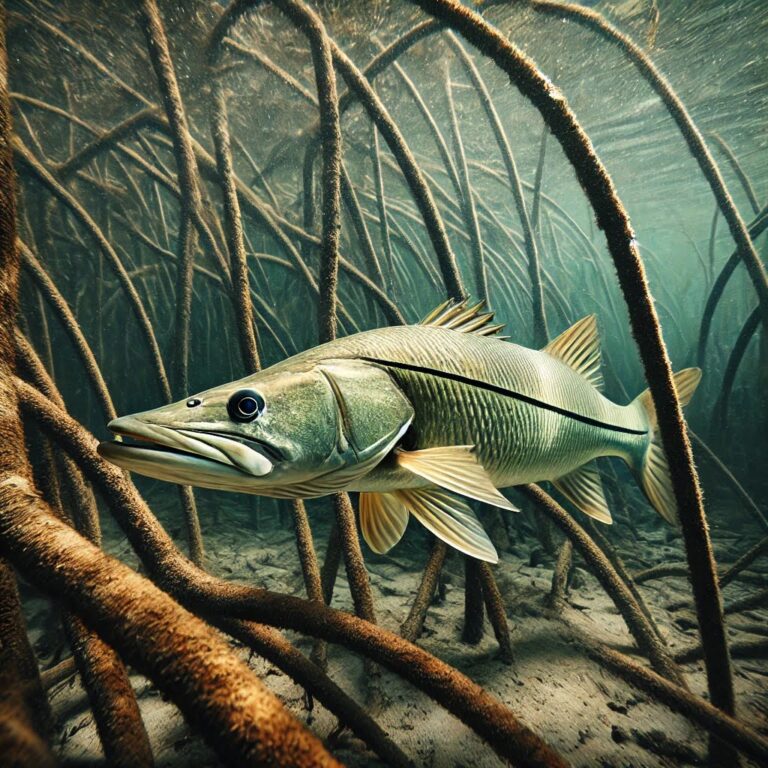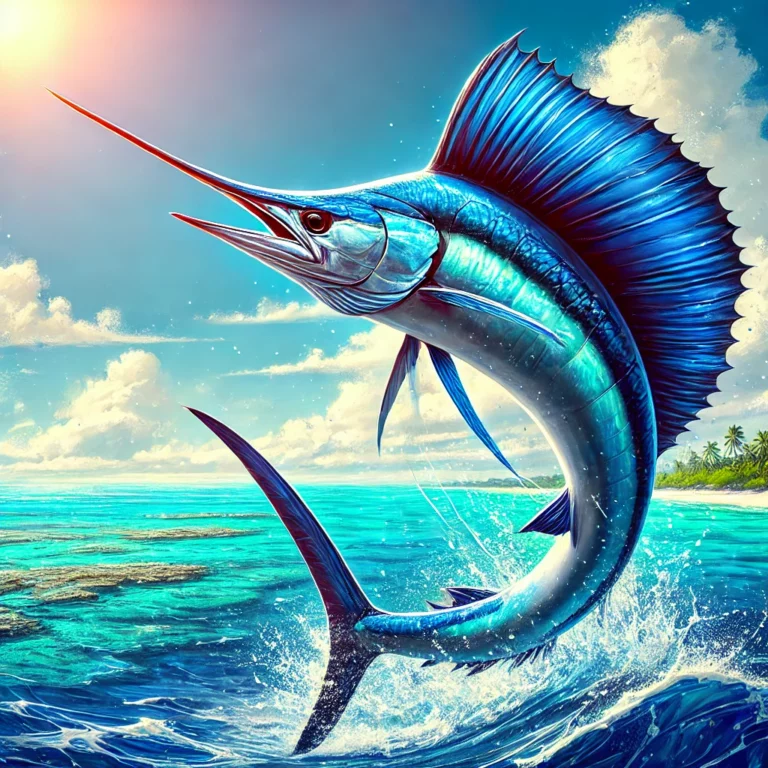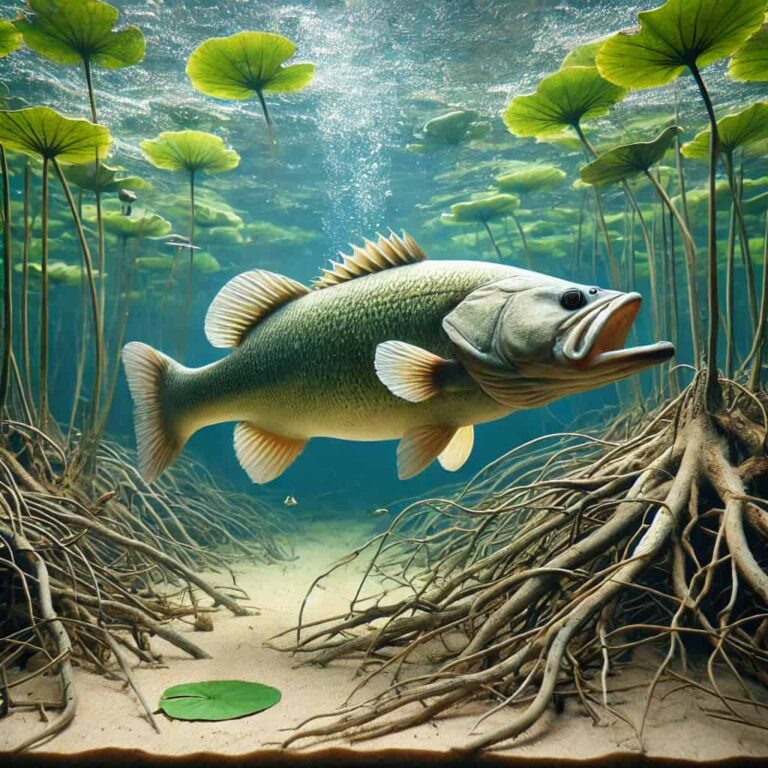Topwater Lures: The Ultimate Strike Inducer
Picture this: A calm lake at dawn, the water’s surface like glass.
Suddenly, a subtle disturbance breaks the tranquility, followed by an explosive splash as a predatory fish ambushes its prey.
This heart-pounding scenario is the essence of topwater fishing, an exhilarating technique that every angler should master.
Topwater lures, designed to dance and disturb the water’s surface, are the key players in this exciting form of angling.
This comprehensive guide will plunge you into the dynamic realm of topwater lures, exploring their diverse types, effective techniques, and optimal applications across various aquatic environments.
Understanding Topwater Lures
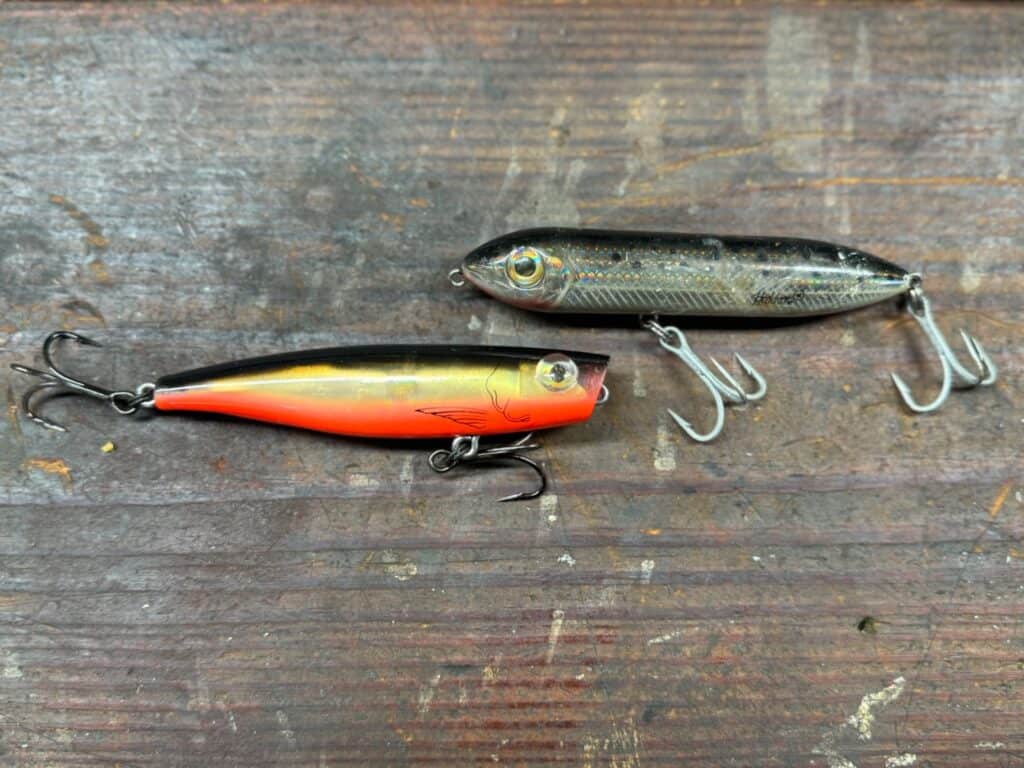
What Are Topwater Lures?
Topwater lures are designed to float on the water’s surface, creating a disturbance that mimics prey such as insects, frogs, or baitfish.
These lures often have built-in mechanisms or designs that create splashes, vibrations, and noises to attract predatory fish.
Types of Topwater Lures
- Poppers: Characterized by a concave mouth, poppers create a popping sound and splash when jerked.
- Frogs: Soft-bodied lures designed to mimic frogs, ideal for fishing in heavy cover.
- Walking Baits: Also known as “stick baits,” these lures have a side-to-side motion known as “walking the dog.”
- Prop Baits: Equipped with propellers, these lures create noise and disturbance.
- Buzzbaits: A type of spinnerbait with a rotating blade that creates a buzzing noise.
Why Topwater Lures?
Topwater lures are incredibly versatile and effective in various fishing scenarios.
Their ability to mimic struggling prey on the surface makes them irresistible to predatory fish.
Additionally, the visual and auditory stimuli they provide can trigger aggressive strikes even from lethargic fish.
Techniques for Using Topwater Lures
The Basics
- Cast and Pause: Cast your lure and let it sit for a few seconds. Often, fish will strike as soon as the lure hits the water.
- Twitching: Light, quick jerks of the rod tip to create subtle movements.
- Walking the Dog: A continuous side-to-side motion, achieved by rhythmic rod twitches.
- Steady Retrieve: A consistent retrieval speed to maintain a steady lure action.
- Stop-and-Go: Alternating between short bursts of movement and pauses to mimic injured prey.
Advanced Techniques
- Targeting Structure: Focus on casting near cover such as logs, rocks, or vegetation where predatory fish lurk.
- Varying Retrieve Speed: Experiment with different retrieval speeds to find what triggers the most strikes.

Topwater Lures in Freshwater
Best Conditions for Freshwater Topwater Fishing
- Early Morning and Late Evening: Low light conditions make fish more likely to strike surface lures.
- Overcast Days: Cloudy skies can extend topwater action throughout the day.
- Calm Waters: Smooth surfaces enhance the lure’s action and visibility.
Target Species
- Bass: Both largemouth and smallmouth bass are prime targets for topwater lures.
- Pike and Musky: These aggressive predators often strike at large topwater lures.
- Trout: Certain topwater patterns can be effective, especially for large, aggressive trout.
- Panfish: Smaller topwater lures can be highly effective for species like bluegill and crappie.
Freshwater Topwater Lure Selection
- Poppers for Bass: Create enticing pops and splashes.
- Frogs for Heavy Cover: Ideal for fishing in lily pads and thick vegetation.
- Walking Baits for Open Water: Effective in clear, open areas where you can utilize their full range of motion.
Freshwater Techniques
- Fishing Around Cover: Cast near structures like docks, fallen trees, or weed beds.
- Night Fishing: Use lures that create noise and vibration to attract fish in low light.
- Matching the Hatch: Choose lures that mimic the local forage, such as frogs or insects.
Topwater Lures in Saltwater
Best Conditions for Saltwater Topwater Fishing
- Dawn and Dusk: Low light conditions increase the likelihood of strikes.
- Tidal Movements: Moving water often brings baitfish to the surface, attracting predators.
- Clear, Calm Days: Enhance visibility and the effectiveness of the lure’s action.
Target Species
- Striped Bass: Known for their aggressive topwater strikes.
- Redfish: Often found in shallow waters where topwater lures excel.
- Speckled Trout: These fish are particularly responsive to surface commotion.
- Tarpon: Large, explosive strikes make them a thrilling topwater target.
Saltwater Topwater Lure Selection
- Poppers for Striped Bass: Large, noisy poppers can draw strikes from a distance.
- Walking Baits for Redfish: Effective in shallow flats where redfish hunt.
- Prop Baits for Speckled Trout: The added noise and commotion can trigger strikes from these cautious predators.
Saltwater Techniques
- Fishing the Flats: Shallow areas where fish hunt for baitfish and crustaceans.
- Working the Tides: Target areas where tidal currents concentrate baitfish.
- Varying Retrieves: Experiment with different retrieval speeds and patterns to find what works best.
Tips for Maximizing Success with Topwater Lures
Matching the Conditions
- Water Clarity: Clear water often requires more natural, subtle lure presentations, while murky water can benefit from louder, more vibrant lures.
- Weather: Adjust your lure choice and technique based on weather conditions. For example, on windy days, use larger, noisier lures to cut through the chop.
Equipment and Gear
- Rods: Medium to medium-heavy rods with fast action tips provide the best control and hook-setting power.
- Reels: High-speed baitcasting or spinning reels help with quick retrieves and control.
- Line: Braided line offers strength and sensitivity, while monofilament provides some stretch which can be beneficial for topwater lures.
Avoiding Common Mistakes
- Setting the Hook Too Soon: Wait until you feel the weight of the fish before setting the hook to avoid pulling the lure away prematurely.
- Overworking the Lure: Sometimes, less is more. Subtle movements can often be more effective than constant action.
- Ignoring the Surroundings: Pay attention to fish activity, water conditions, and other environmental factors to adapt your approach.
Conservation and Ethical Fishing
While the thrill of topwater fishing is undeniable, it’s important to practice ethical fishing and conservation.
Follow local regulations, practice catch and release when necessary, and respect the natural habitats of the fish.
Importance of Proper Handling
- Using Barbless Hooks: Easier to remove and less harmful to fish.
- Handling with Care: Wet your hands before handling fish to preserve their protective slime coating.
- Quick Release: Minimize the time fish spend out of the water to increase their survival rate.
Conclusion
Success with topwater techniques hinges on a delicate balance of knowledge, skill, and adaptability.
Understanding lure selection, mastering retrieval techniques, and reading environmental cues are all crucial elements in the topwater equation.
Yet, beyond the technical aspects, topwater fishing cultivates a deeper connection with the aquatic world, sharpening our senses and intuition.
Embrace the learning process, experiment with different approaches, and savor the anticipation that comes with each twitch of the lure.
In your pursuit of the perfect surface strike, always prioritize conservation and ethical angling practices.
Respect the delicate balance of aquatic ecosystems, handle fish with care, and consider catch-and-release to ensure future generations can experience the same thrills.
Enough talk; cast your lure, watch it dance across the surface, and prepare for the explosive strikes that make topwater fishing so darn exciting.
The surface is waiting – are you ready to make some waves?


